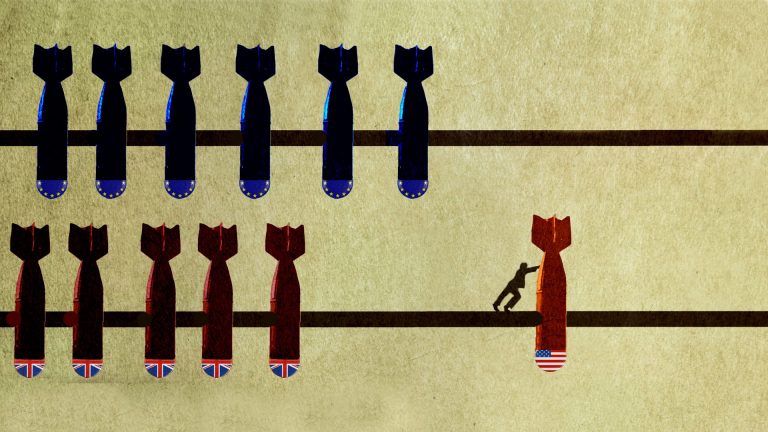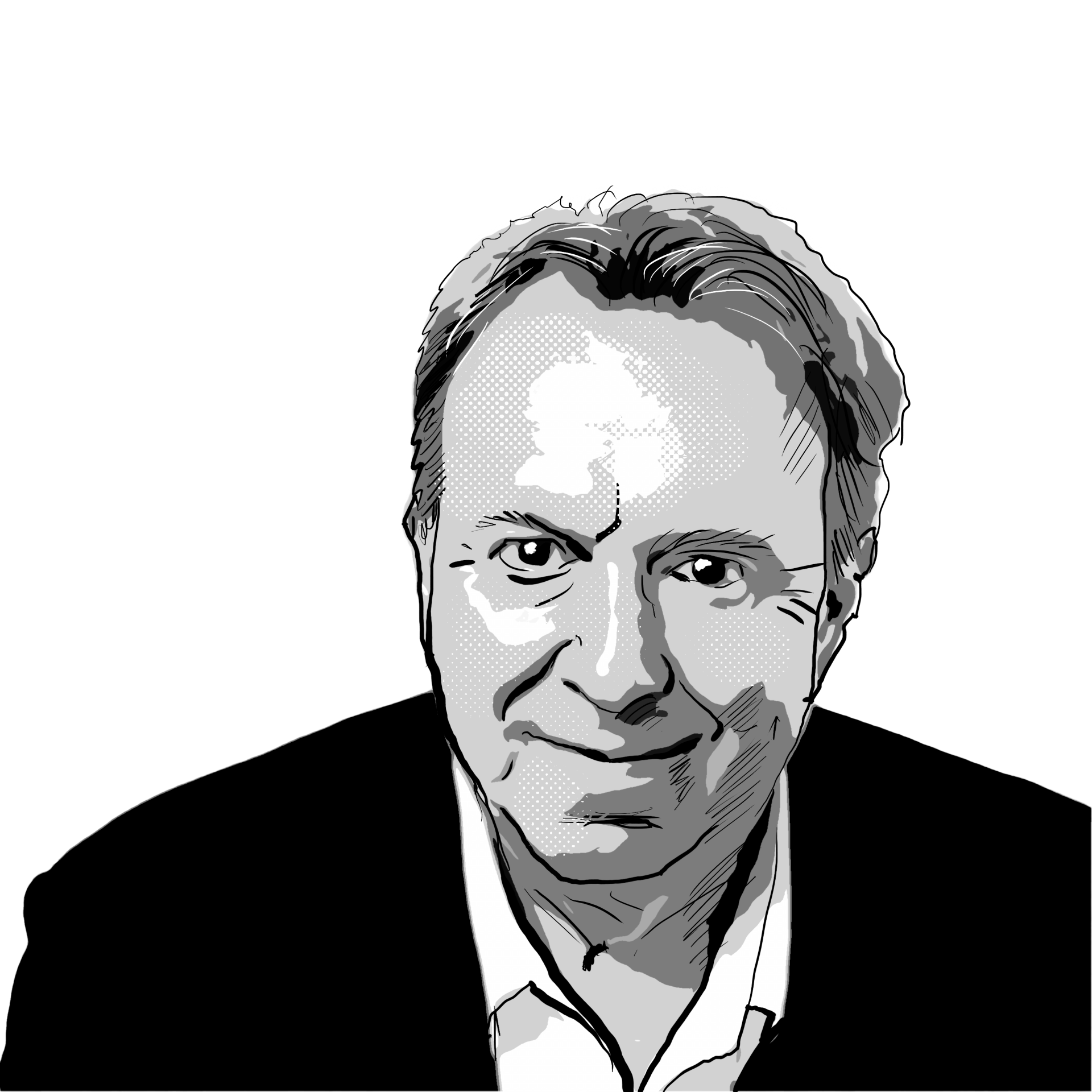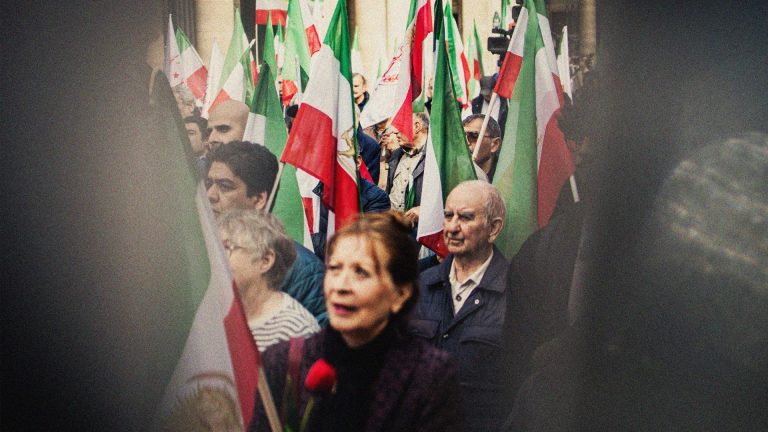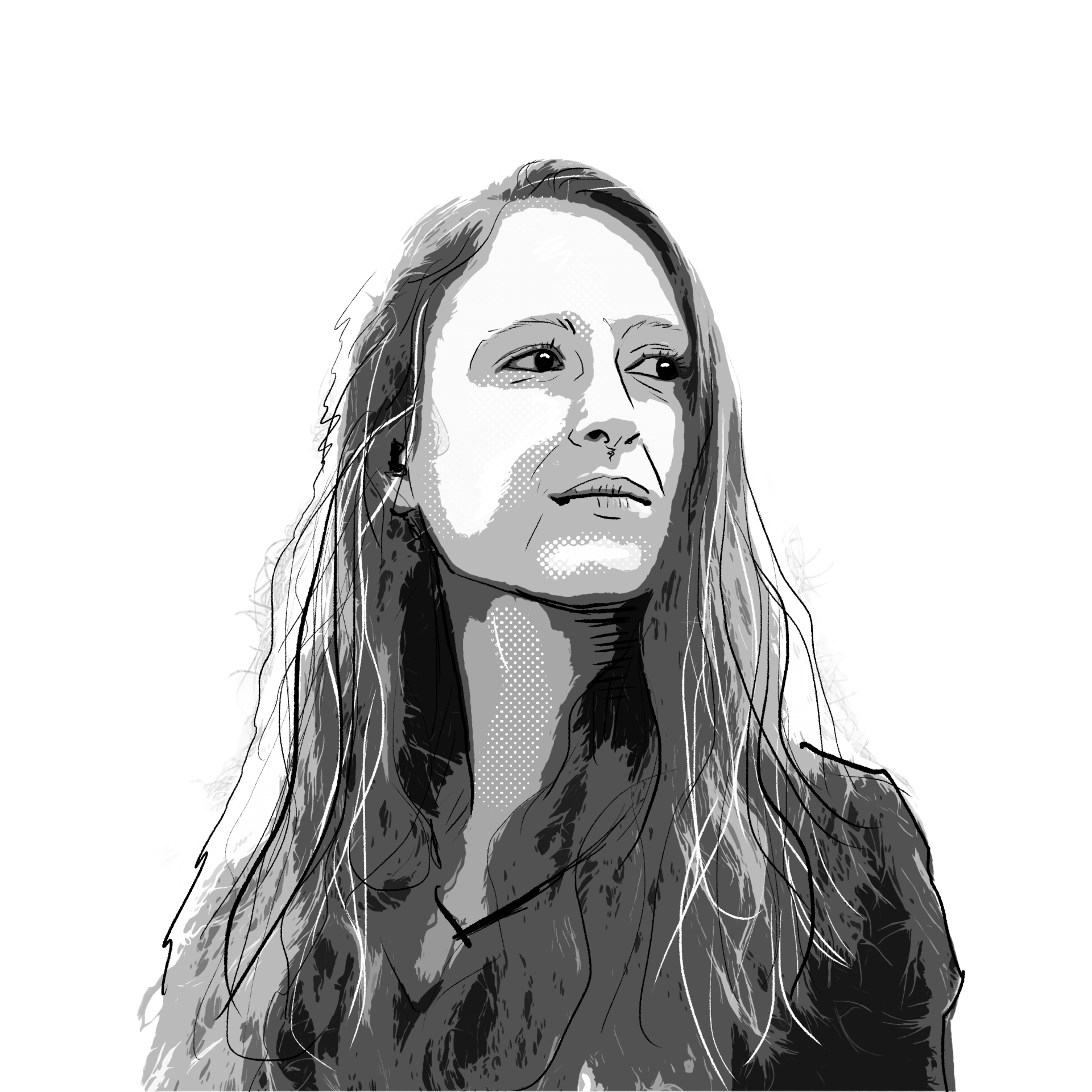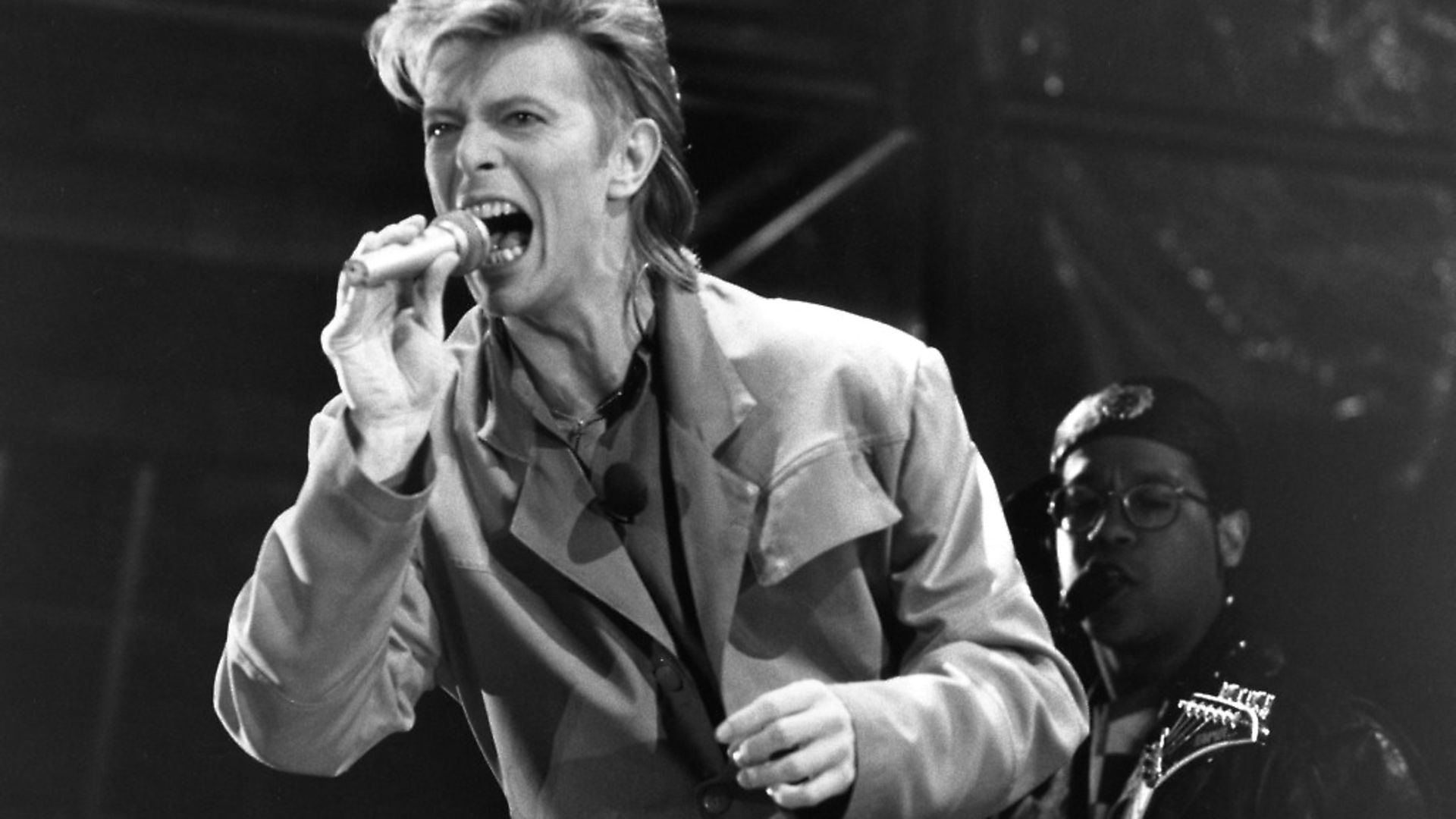
SOPHIA DEBOICK kicks off a new feature, looking at the musical history of a different city each week. First an examination of Berlin’s remarkably creative heritage, from Dietrich to Depeche Mode, with many in between.
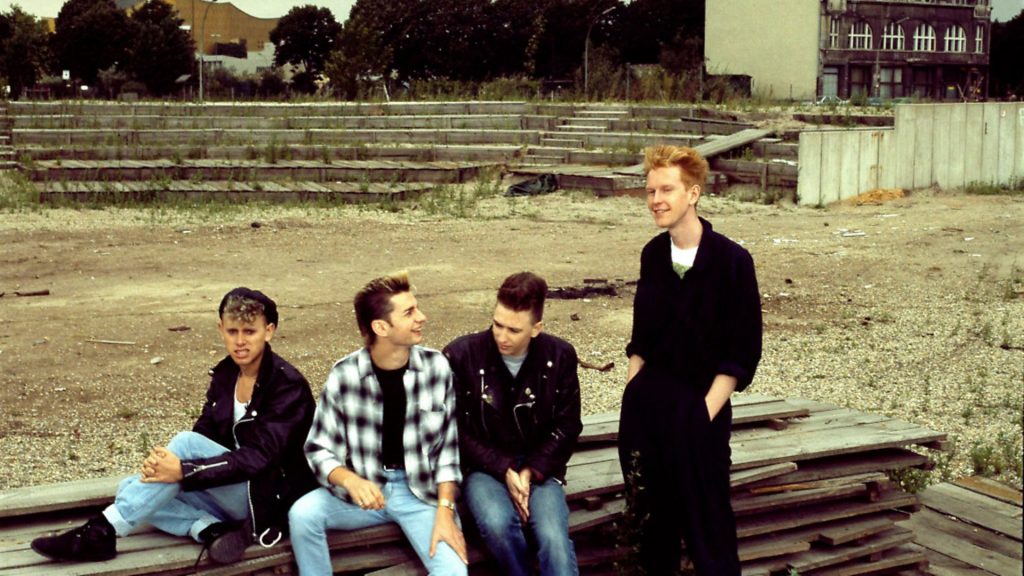
For much of the last 100 years, Berlin was a city that never stayed still, rocked by the political earthquakes of the 20th century. But with this turmoil came the cracks in which creativity flowers.
During the post-First World War Weimar Republic, Berlin became synonymous with hedonism, decadence and innovation in the arts, characterisations that survived Nazism, Allied bombing, Soviet invasion, partition and the erection of the Berlin Wall.
By the 1970s, West Berlin was both economically and geographically isolated, the kind of no-man’s-land that allowed outsiders to make it their own, including itinerant musicians looking for somewhere to slum it. Ever since Liszt performed in the city in December 1841 and inspired a frenzied audience reaction that would become christened ‘Lisztomania’, Berlin has been a place where foreign-born musical legends have been made, and its southern and western districts, in particular Kreuzberg and Schöneberg, have been hosts to a cultural output that few other cities could claim.
The Berlin of the inter-war period – the one that Christopher Isherwood would immortalise – was one where social and artistic boundary-pushing was front and centre. Kurt Weill, Bertolt Brecht, Elisabeth Hauptmann and Lotte Lenya, none of them native to the city, nevertheless produced the definitive Berlin work of this era, Die Dreigroschenoper (The Threepenny Opera), which premiered at the city centre’s Theater am Schiffbauerdamm in 1928.
As John Gay’s 18th century The Beggar’s Opera recast as a socialist opera for the people, the piece gave Lenya her defining role, as the prostitute Jenny, singing both Weill’s sinister murder ballad Moritat von Mackie Messer, later to become a standard as Mack the Knife, and revenge fantasy Seeräuberjenny (Pirate Jenny). They became both some of Lenya’s signature tunes and quintessential songs of 1920s Berlin.
Meanwhile, on the kabarett scene, gender, sexuality and class broke free of its socially-prescribed modes, and this was where Marlene Dietrich – born on Schöneberg’s Leberstraße – made her name. Her turns in two Mischa Spoliansky revues, staged at Kadeko in the Wilmersdorf district, and the Berliner Theater in Mitte, gave her both the first song she would ever record – the lesbian anthem Wenn die beste Freundin (When My Best Girlfriend) – and the exposure that saw her cast in Der blaue Engel (The Blue Angel), in which she sang Falling in Love Again.
But the Weimar years were fleeting. Dietrich basked in the rapturous applause at the Berlin premiere of The Blue Angel and left for Hollywood the same day, while Weill, Brecht, Hauptmann and Lenya would flee Europe for the US as the Nazi threat against ‘degenerate’ art like theirs grew.
The mystique of 1920s Berlin played no small part in attracting David Bowie to Berlin in 1976. The drag clubs, drugs and hedonism of old were still there, but its status as an island in the GDR meant “you couldn’t find a place with more tension than West Berlin”, according to Bowie, who added “I felt that it was always necessary to be in a place where there was tension”.
Bowie’s serious cocaine addiction and marital and business legal battles had left him in serious financial straits, making a move from LA to Berlin – a heroin, not a cocaine city, and swingeingly cheap – a practical choice too. While Lou Reed had used the city as the background for his miserable song cycle of drug addiction, Berlin (1973), without setting foot there, Bowie’s work was marked profoundly by his experience of the city, catching an image of a Berlin of concrete and alienation which mirrored his own numbed and desolate state.
Bowie moved to Berlin in the late summer of 1976, initially staying at the Schöneberg home of Tangerine Dream’s Edgar Froese, whose Ypsilon in Malaysian Pale (1975), alongside the works of other German pioneers like Neu!, Kraftwerk and Faust, had been a key influence on his latest LP, Station to Station.
When he moved to a flat on Hauptstraße, sharing it with his troubled friend Iggy Pop, his Berlin period began in earnest and the two lapped up all the city had to offer, whether taking the expressionist artworks at the Brücke Museum as inspiration for the mannered poses of their forthcoming album covers, or pinching ideas from the authentic Krautrock bands they saw at Kreuzberg’s SO36 club.
Five albums between them emerged in less than three years, all but one at least in part recorded at Hansa Studios, on Kreuzberg’s Köthener Straße, in the shadow of the Berlin Wall. While Bowie’s Low (1977), the first of his ‘Berlin trilogy’, hinted at his breakdown (Sound and Vision) and recovery (New Career in A New Town), Pop’s The Idiot (1977) included odes to the city’s nightlife and drugs (Nightclubbing, Funtime, China Girl), while The Passenger from the follow-up Lust for Life (1977) was allegedly inspired by Berlin’s S-Bahn trains.
But Bowie went further, and while the title track of Heroes (1977) used the Berlin Wall as a prop in a romantic melodrama, the wailing saxophone and frigid atmosphere of Neuköln, a decaying immigrant district, expressed the despair of alienation he saw in Berlin.
Bowie’s 1980 cover of Weill’s Alabama Song acknowledged Weimar Berlin directly, as did his appearance in a BBC version of Brecht’s Baal in 1982. His 2013 comeback single Where Are We Now? would finally crystallise the myth of ‘Bowie’s Berlin’, referencing Potsdamer Platz, Nürnberger Strasse’s Dschungel nightclub, the nearby KaDeWe department store, and the crowds swarming across the Bösebrücke bridge east-west border crossing when the Wall came down.
For Bowie and Pop, Berlin offered a kind of vampiric artistic tourism, recharging creative batteries by leeching off the atmosphere, and in the 1980s and 1990s artists would flock to Hansa to record, seeing it as a place with an alchemic effect. As the native Neue Deutsche Welle scene exploded, inspired by British punk and new wave, UK acts were in turn influenced by the sounds coming out of Germany.
West Berlin’s Einstürzende Neubauten (‘Collapsing New Buildings’) were particularly influential in their industrial sound, made with power tools and scrap metal, and they would record their third album, Halber Mensch (1985), at Hansa, with production from Gareth Jones, having already worked with him at the studios on Brit Frank ‘Fad Gadget’ Tovey’s single Collapsing New People (1983).The song’s distinctive beat was provided by the clatter of an old-fashioned printing press.
Jones had already spent part of 1983 mixing Depeche Mode’s Neubauten-influenced LP Construction Time Again at Hansa, and the effect of the city on the still-young Depeche was clear on their following two Jones-produced, Hansa-recorded albums. They discovered the Dschungel and the fetish clubs of Schöneberg and Kreuzberg, while also soaking up the musical influences. People Are People from Some Great Reward (1984) was a masterclass in making industrial pop, while the album’s second single, Master and Servant, was S&M-turned-metaphor-for-capitalism.
Throughout the 1980s and 1990s, Hansa would be the venue for genre-defining gothic and industrial albums, informed by a Teutonic coldness and angularity, from the likes of Killing Joke, Nick Cave, and Siouxsie and the Banshees. U2’s Eno-produced, industrial and electronica-influenced Achtung Baby (1991) saw the ‘Hansa effect’ reach its apotheosis in terms of commercial cut-through, selling millions.
Depeche Mode’s East Berlin concert of March 1988 was a legendary moment for the teenagers of the GDR, and Berlin’s turbulent history has made it the venue for big set-pieces of musical rebellion, catharsis and celebration. There had already been the 1987 David Bowie Concert for Berlin, when he gave an emotional performance of Heroes and East Germans listened from the other side of the Wall. The following summer, Bruce Springsteen played a four-hour concert to a crowd of 300,000 in East Berlin, with songs like Born in the USA and Chimes of Freedom taking on new poignancy, and claims were later made that such pre-unification concerts had contributed to the fall of the Wall.
The same was said of David Hasselhoff’s single Looking For Freedom, which spent eight weeks at No.1 in Germany in the summer of 1989. He was the unlikely centrepiece of the New Year’s Eve concert on the ruins of the Wall that year, performing in front of the Brandenburg Gate in a fairy light-studded leather jacket, and other concerts – like Leonard Bernstein’s Christmas Day 1989 performance of Beethoven’s Ninth Symphony at East Berlin’s Schauspielhaus, and the following July’s overblown staging of Pink Floyd’s The Wall on the former no-man’s-land – were cathartic moments.
The Berlin techno scene exploded in this post-unification atmosphere of freedom. Abandoned buildings, bunkers and basements became illegal clubs playing extreme electronic music imported from Detroit. At clubs like Tresor, Der Bunker and E-Werk, Berlin’s affinity with hedonism took on its ultimate form in a scene completely without restrictions, with no set closing times and no dress codes. Rammstein, coming out of the 1980s East Berlin punk scene, and today’s Berlin band par excellence, were heavily influenced by techno, and typify the darkness so many artists had gone to Berlin to try to suffuse their music with over the preceding decades.




